Only about 5% of the ocean has actually been explored by humans. Who are we to say what really lurks beneath the surface?
One mysterious case of an attack on a U.S. Navy frigate has had us scratching our heads for 46 years. The USS Stein incident has left scientists questioning what undiscovered sea creatures dwell at the bottom of our oceans.
The USS Stein Was a Powerful Navy Vessel

This vessel carried out routine operations deep down in the Pacific Ocean. Launched in 1970 and decommissioned in 1992, this type of ship was a Knox-class frigate, one the largest, last and most numerous of the Navy’s second-generation anti-submarine warfare.
A ship of such magnitude would not have faltered in the face of everyday sealife, let alone rendered unserviceable, so what happened?
The Stein Was Taken Out of Service
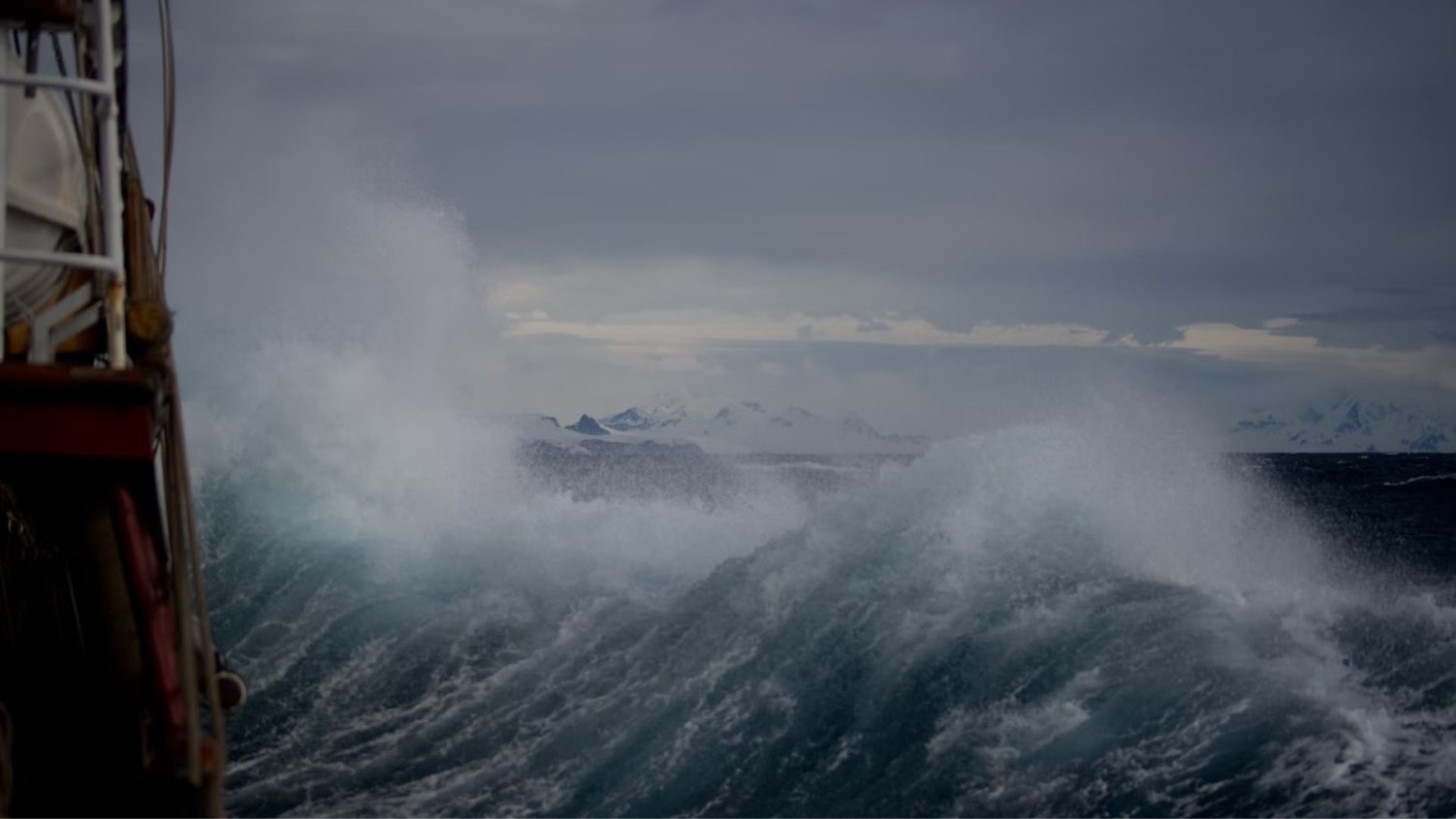
First reported in the U.S. Naval Institute’s magazine, the USS Stein was undertaking its maiden voyage, meaning its first journey as a completed sea vessel.
While sailing, a malfunction in the Stein’s sonar equipment (which is used to detect submarine threats) meant that it had to be rerouted to its home base for repairs. Upon inspection, the reason for the vessel’s damage became clear — but unexplained.
The Ship Was Taken Back for Inspection
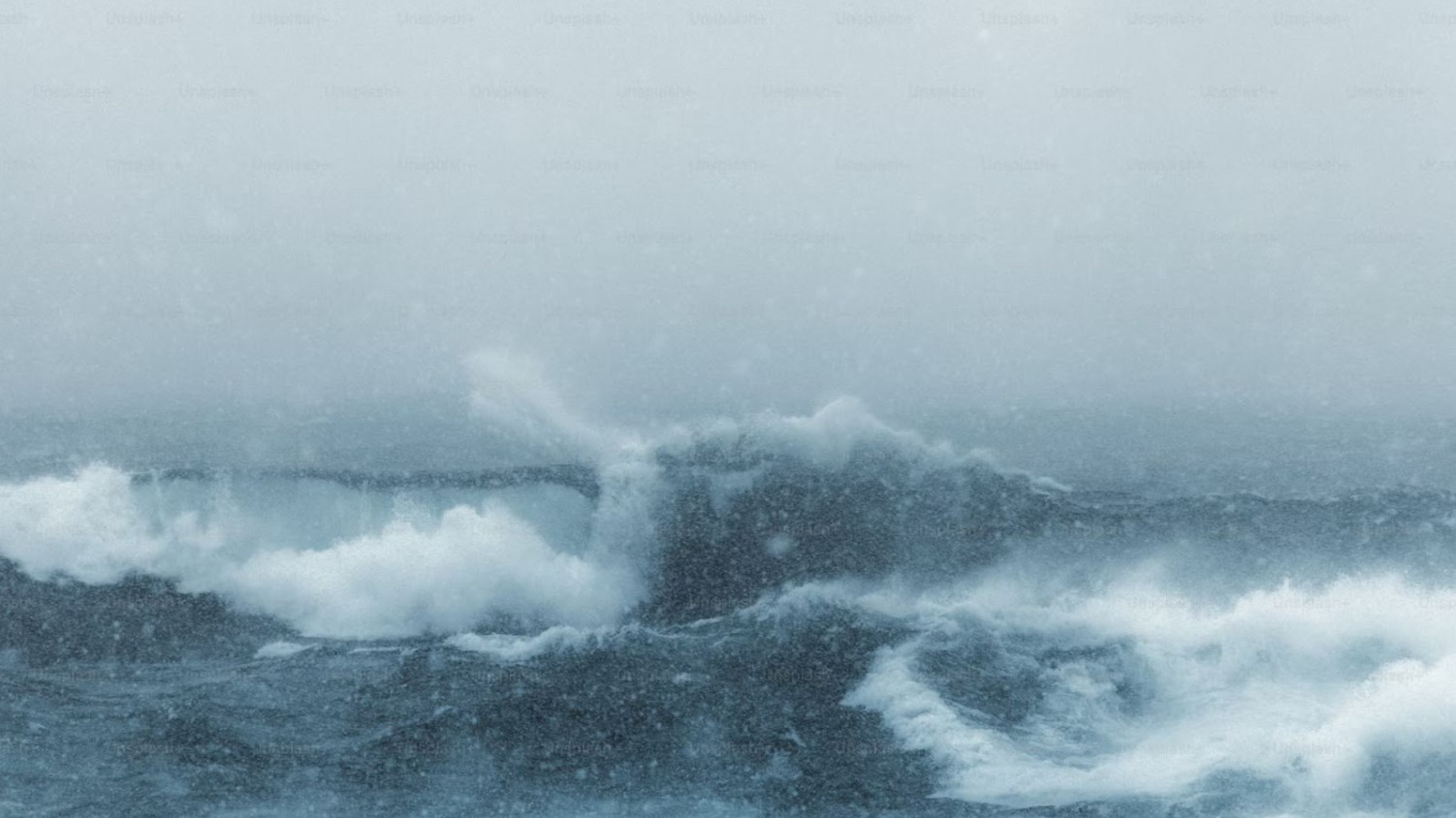
When the USS Stein was taken back to the dry dock, the crew examined the likely cause of the sonar malfunction. They inspected the vessel’s 27,215-kilogram sonar dome which sat at the front of the ship’s hull.
The cause of the malfunction was found, but the damage was beyond anything that the crew expected, which remains unexplained to this day.
The Vessel Was Seriously Damaged

The sonar dome was indeed damaged. The engineers discovered the ship’s anti-fouling rubber coating had been destroyed.
The U.S. Naval Institute’s Magazine claimed that about 8% of the USS Stein’s surface was damaged. “We noticed that there were some quite long scratches starting from the front and the side and down underneath the dome itself. The longest one was about four feet long,” said petty officer Ira Carpenter.
Initial Thoughts of What Happened to the Ship
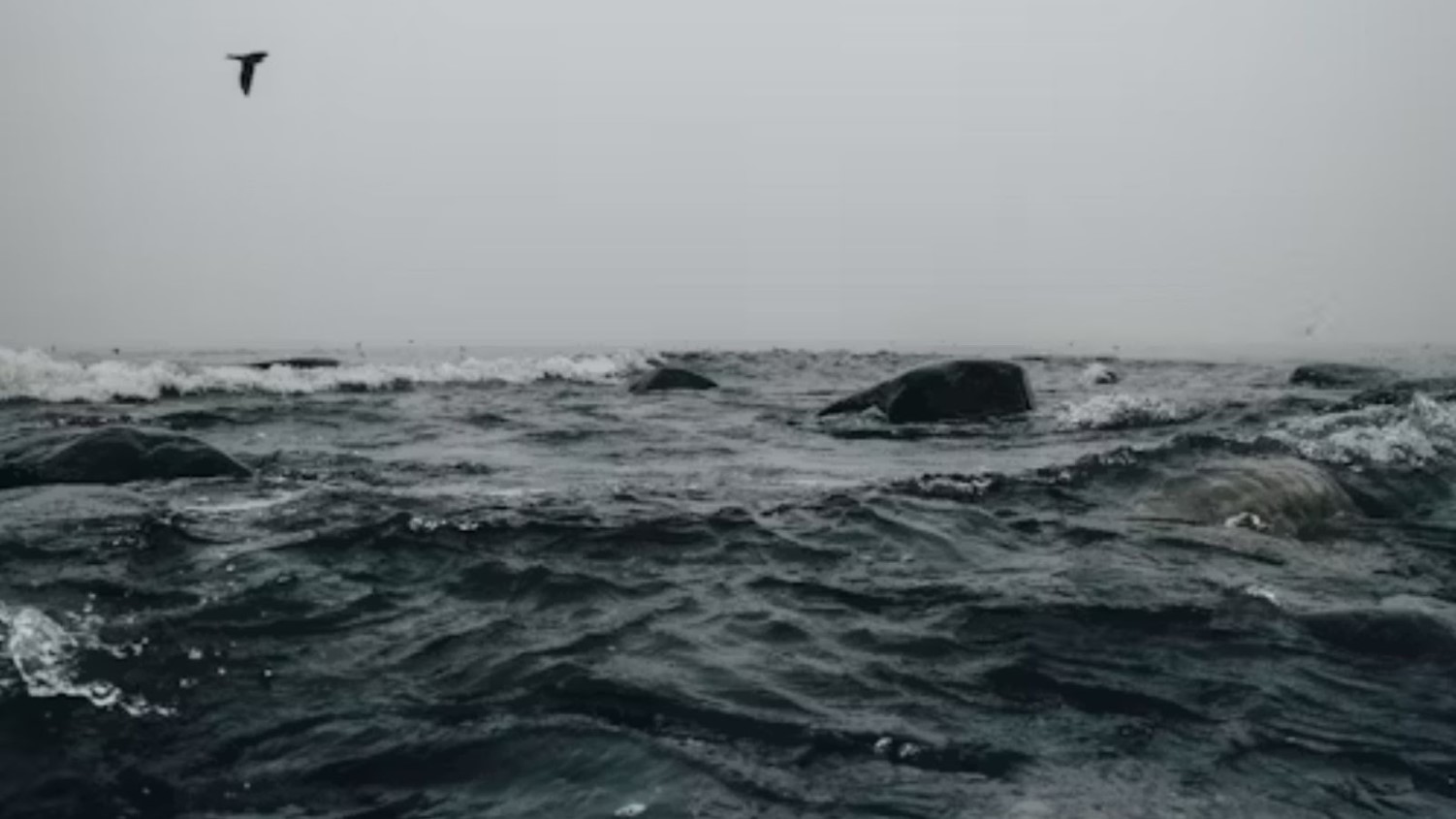
Due to the sheer power behind the damage caused to the frigate, some of the first potential explanations were that a group of alligators had attacked the sonar dome. This was because of the teeth marks alongside the majority of the scratches on the rubber coating.
In order to get any closer to understanding what kind of creature had lacerated the ship’s coating, the engineers had to defer to the aid of a biologist.
A Navy Biologist’s Theory

The crew turned to Navy biologist F.G. Wood. Upon inspecting the scratched coating, he claimed that the culprit behind the huge tears of the coating had to be a giant squid.
The reason he suspected a squid was behind this was as the structure of the damage was not necessarily teeth, but suction cups. However, he did not rule out the possibility that the damage was caused by something not yet discovered in our oceans.
How Big Would This Squid Be?
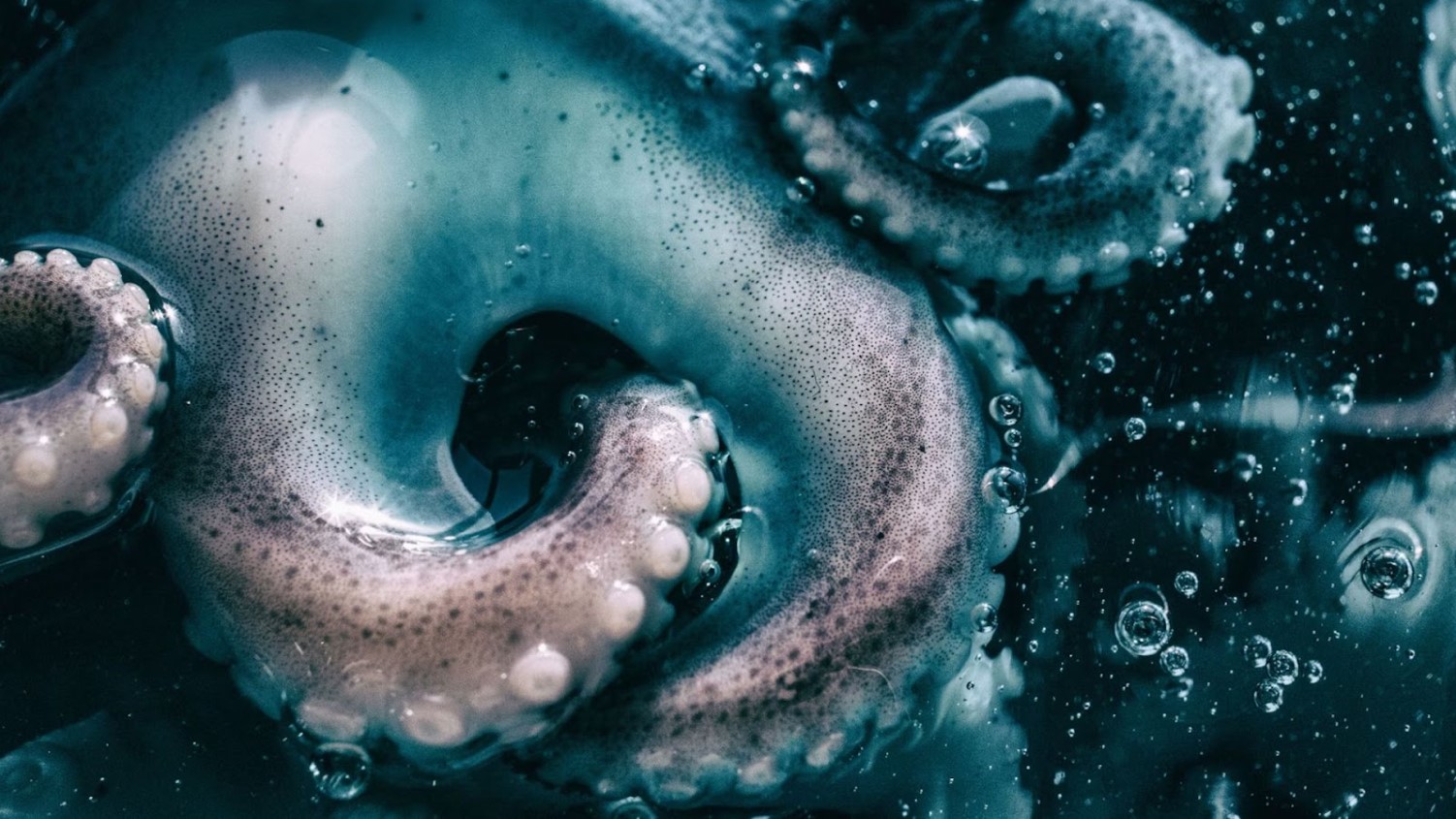
While Wood was open to the possibility that the squid behind this attack could be of a species not-yet discovered. But further investigation created a scale of just how enormous this squid would have to be in order to inflict the damage that it did on the USS Stein.
For the squid to have suction cups of the size Wood was imagining, it would have to be 150 feet long, which is about three times as tall as the Hollywood sign.
What Kind of Creature Could Have Attacked the Ship?

“Squids do have claws or hooks similar to this. Nothing else that’s known in the ocean has structures of this kind,” said Wood. But if any known squid is too small to have done this, what else could it be?
Speculation has led to the theories around the existence of Lovecraft’s fictional creature, the Cthulu, or the beast of Nordic legend, the Kraken. Without discovering an entirely new species, only mythical animals can match the colossal size of this giant squid.
Could a Colossal Squid Be Behind This Attack?

Outside of cultural myths and legends, the only animal that most resembles the required scale to have ripped through the USS Stein’s coating is the colossal squid.
The colossal squid does have hooks in its tentacles that are similar to those picked out of the anti-fouling coating. They have claw-like hooks in order to latch onto its prey, and currently, they are the only animal that comes close to the size of something that would be able to damage the USS Stein.
Colossal Squid Have a Precedent of Attacking Boats

While the attack on the USS Stein was unusual, colossal squids have a history of latching onto vessels where they are not wanted.
This is particularly the case when approaching the end of life, when colossal squids will attach themselves to any sea vessel near the surface. Alternatively, this squid’s only predator is the sperm whale, in which case, the squid may have attacked the USS Stein, mistaking it for a whale.
Implications About Marine Wildlife
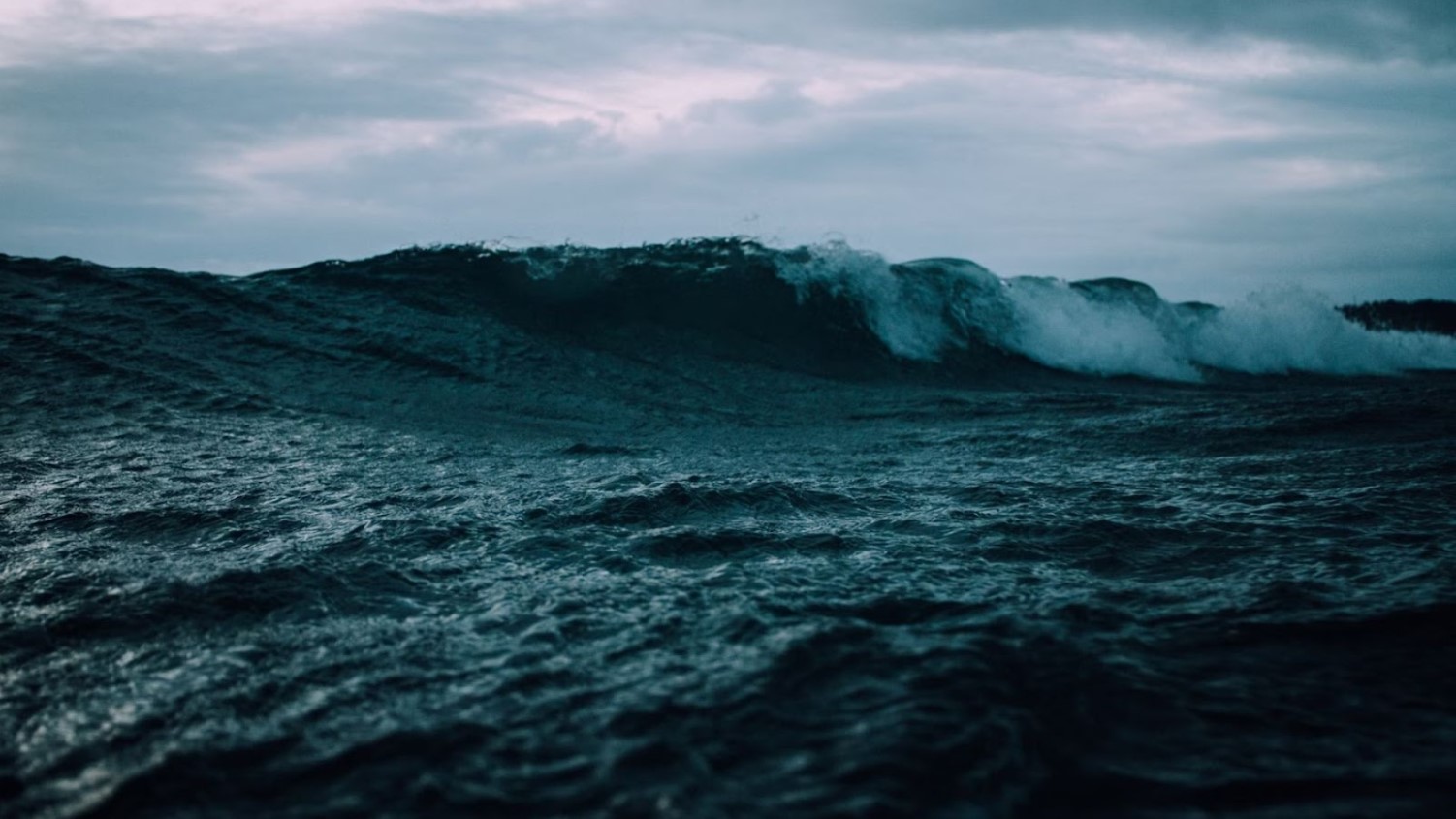
While we are no further in uncovering the truth behind the USS Stein attack, it does open up some interesting questions about what else is out there.
If any creature is discovered that matches the structure of this squid’s teeth, claws or suction cups, it will be the largest specimen in the ocean to date. Either way, it seems to be a timid creature, as it has not reared its head again.
UFOs vs USOs
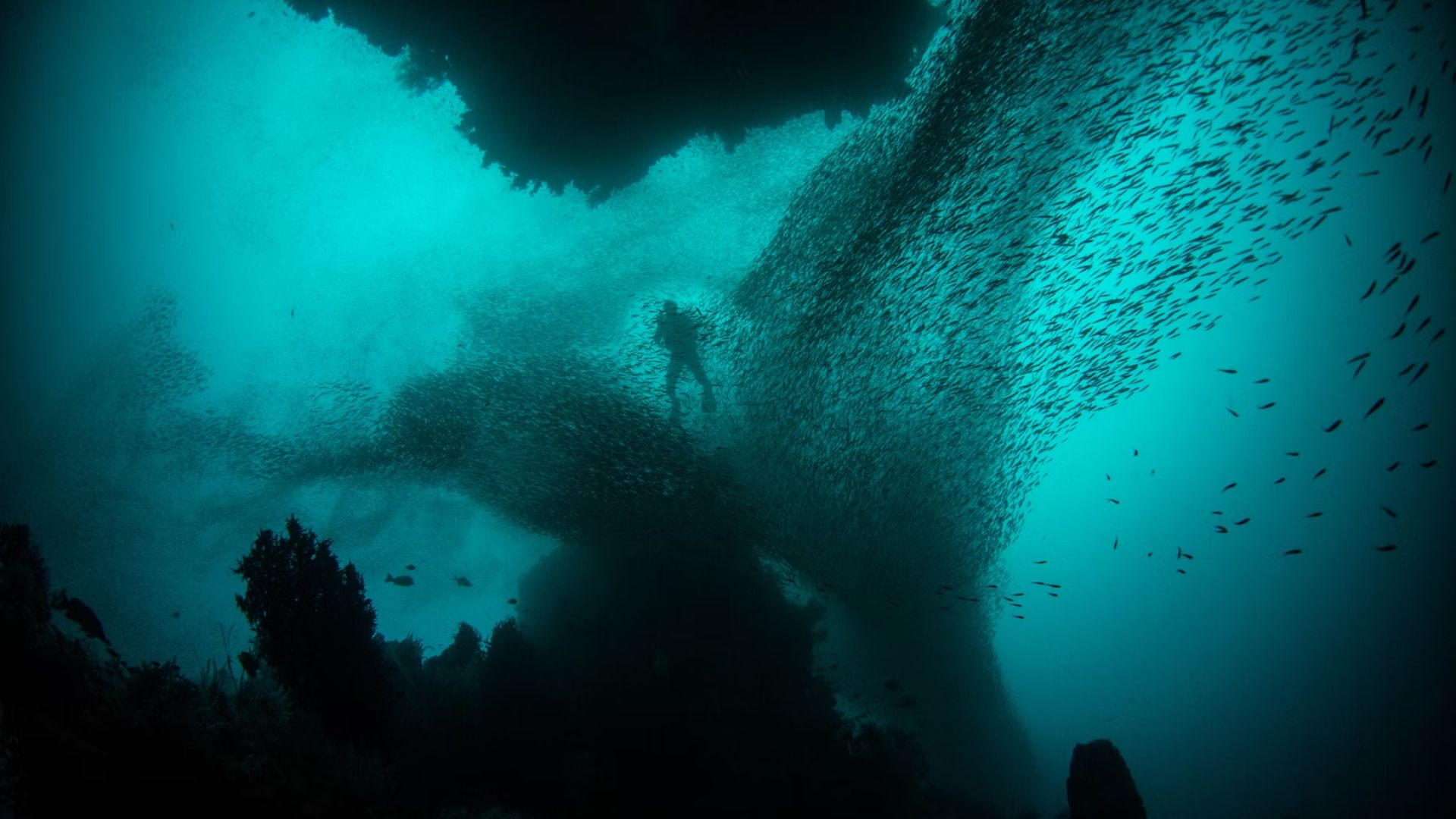
Incidents such as this one may be more of a threat to humans than we originally thought. While aliens in flying saucers are more sensational, greater dangers lurk beneath.
The U.S. Navy has outwardly expressed that we should be more afraid of what lives in our deepest oceans than what lives in outer space. This is especially true as many more of us spend longer periods of time out at sea than in space.
There Have Been Other Sightings
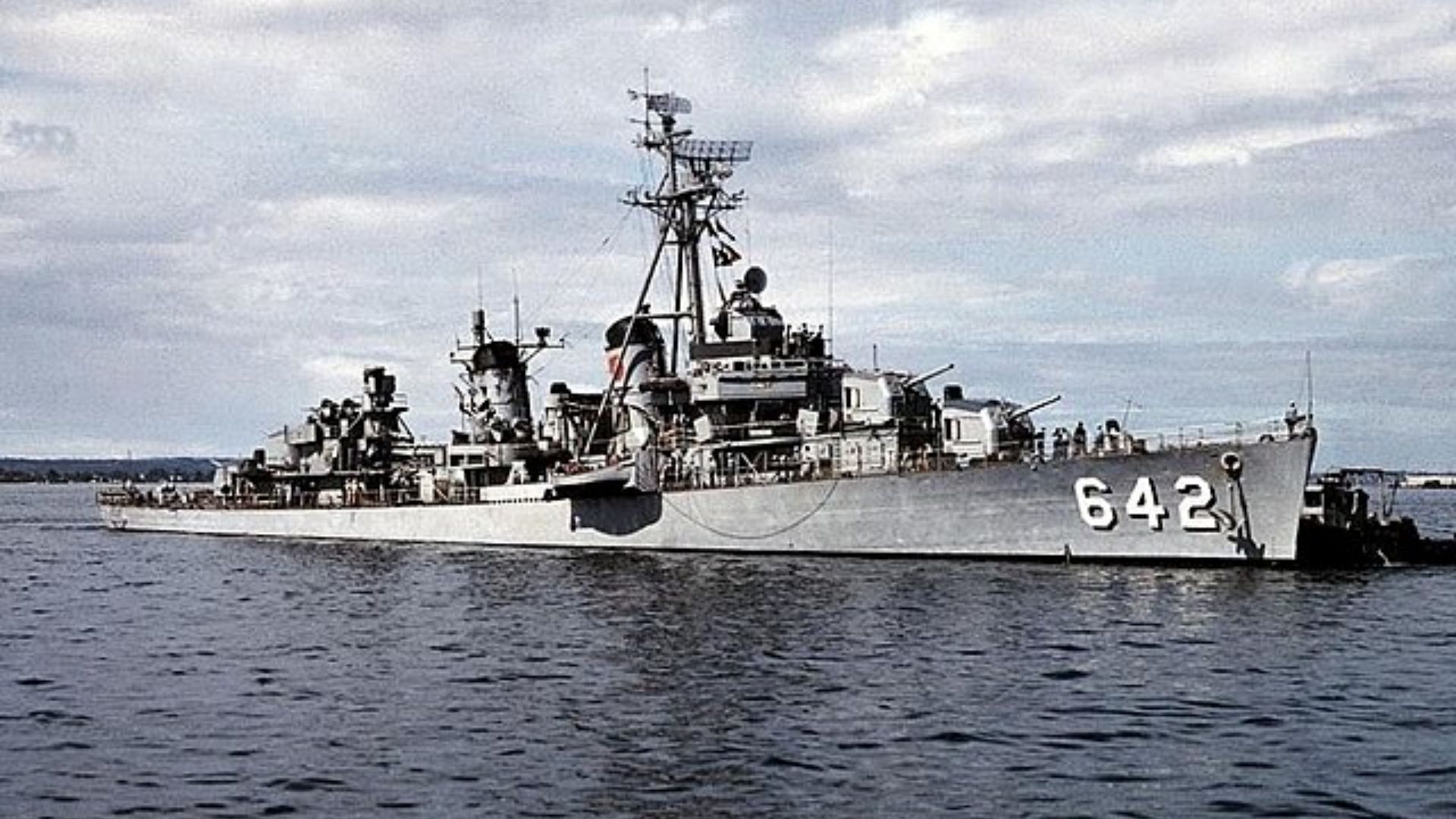
The USS Stein is not the only case of the Navy coming up against something never encountered before or since.
In 1955, Commander Vining A. Sherman wrote about a petrifying discovery when he looked at the USS Hale after receiving reports of damage to the boat. He saw a “monster of such gigantic size,” and claimed the monster had been split in two.
The Possibility of Whale Sharks
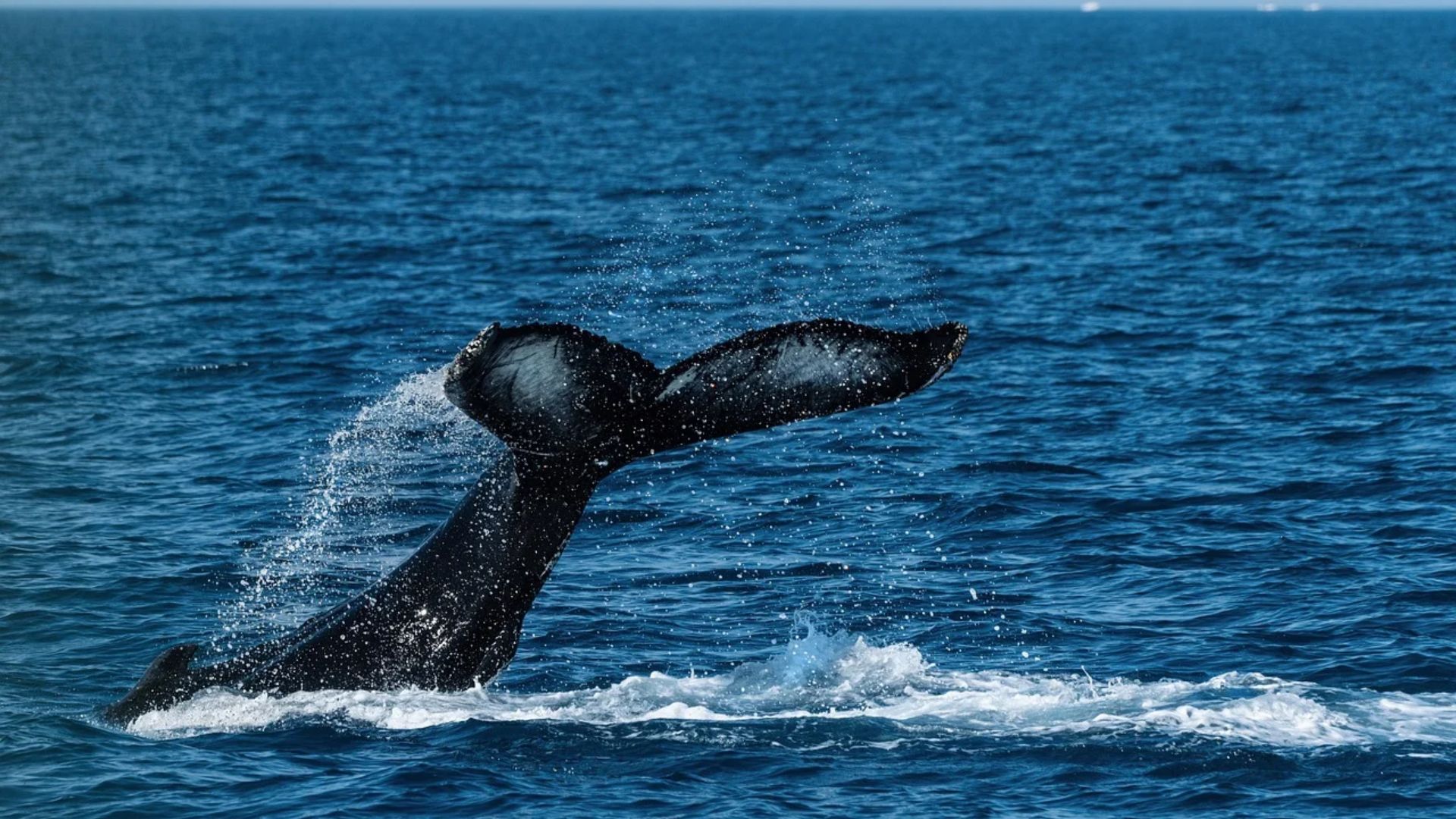
Upon witnessing the monster that had been split in two, he estimated that 40 feet of its body laid down one side of the ship and another 12 down the other side.
On shore, Commander Sherman thought it might be a whale shark. Back in those days, whale shark sightings were very rare, and many who lived and worked at sea had never seen one.
‘The Greatest Hazard’

Director of communications for the U.S. Naval Institute, Scot Christenson, said that we should be more worried about Unidentified Submerged Objects (USOs) than UFOs, which have “presented the Navy with the greatest hazard.”
Just last month, retired admiral and oceanographer, Tim Gallaudet, wrote that USOs need urgent attention. He writes: “These underwater anomalies jeopardize U.S. maritime security, which is already weakened by our relative ignorance about the global ocean.”
Why the Ocean Is a Bigger Threat
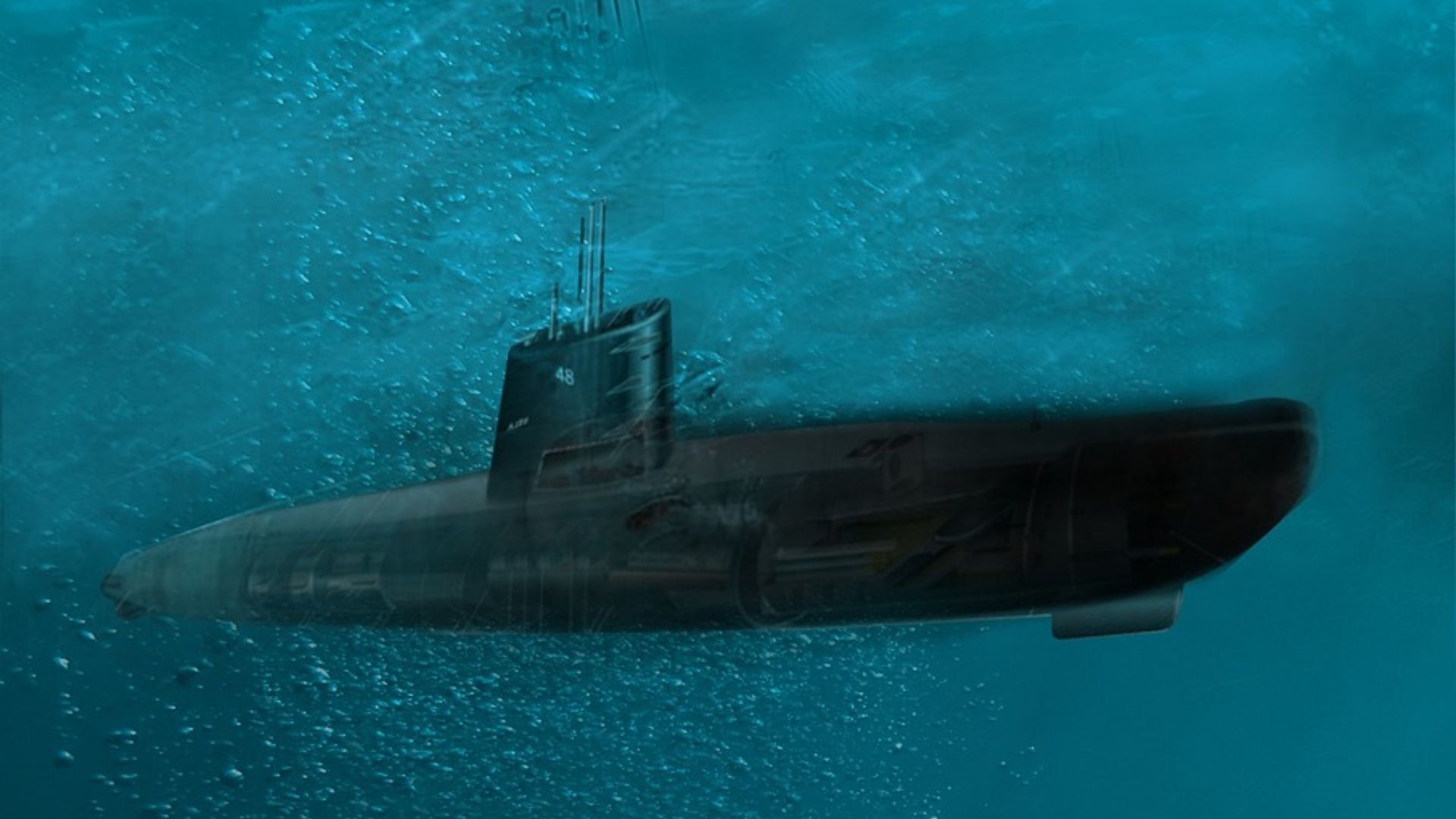
The idea of aliens coming down from their mothership and taking over the world is one that has lived in our heads for decades. However, we need to look down instead.
Christenson wrote in the U.S. Naval Institute that there has been no documented damage to a plane, military or commercial, caused by a UFO. Yet, the U.S. Navy alone can account for many duels and damages with unknown creatures of the deep.
We Do Not Know Enough About the Ocean
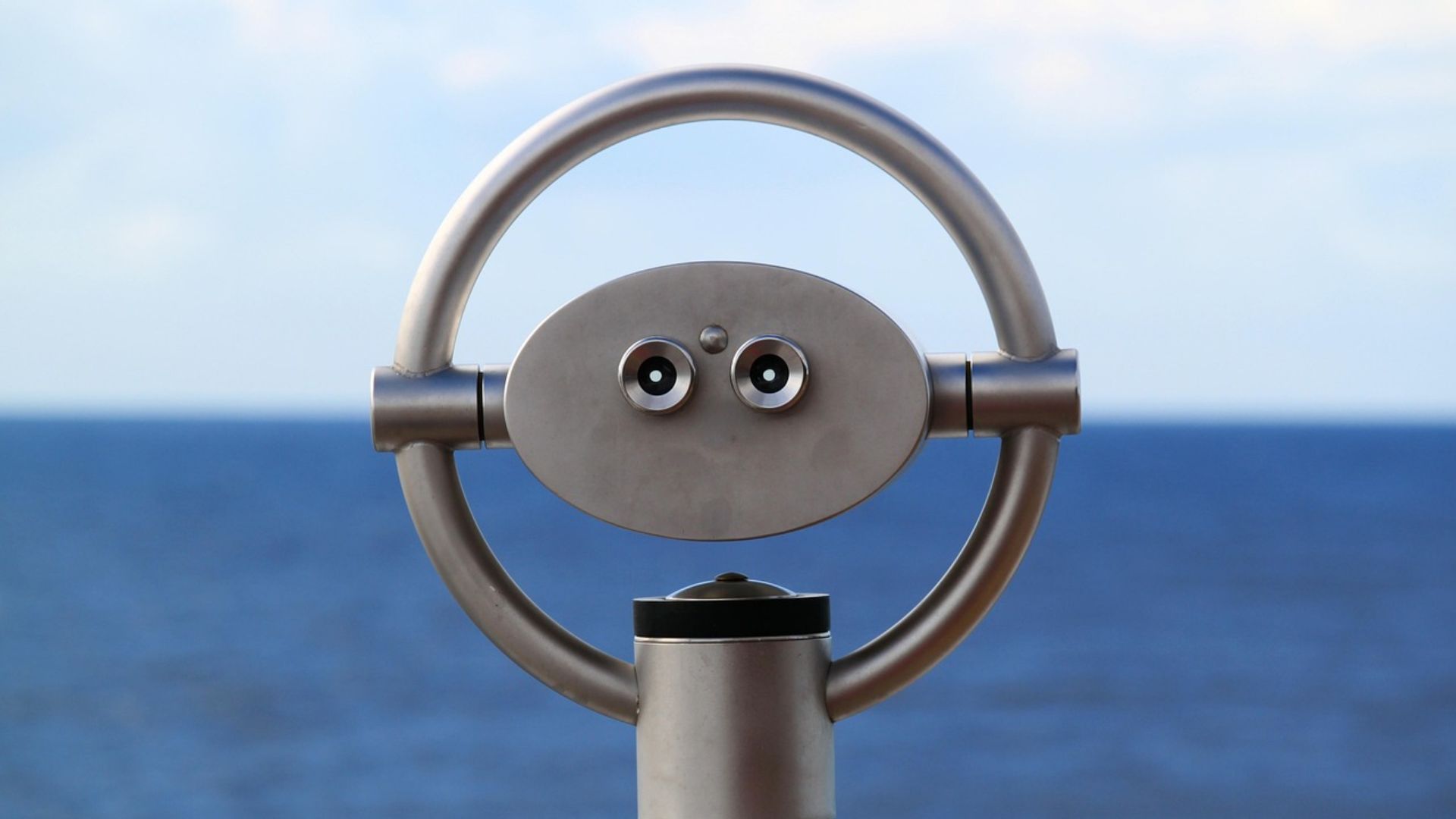
USOs are such a potent threat to us because there is much out there yet to be discovered about the ocean and what lives in it.
Christenson said that there are “an unknown amount of animals in the ocean that have yet to be identified.” Who is to say that there is no kraken or encephalopod large enough to damage the USS Stein in that way? The damage speaks for itself.
Discoveries Are Being Made
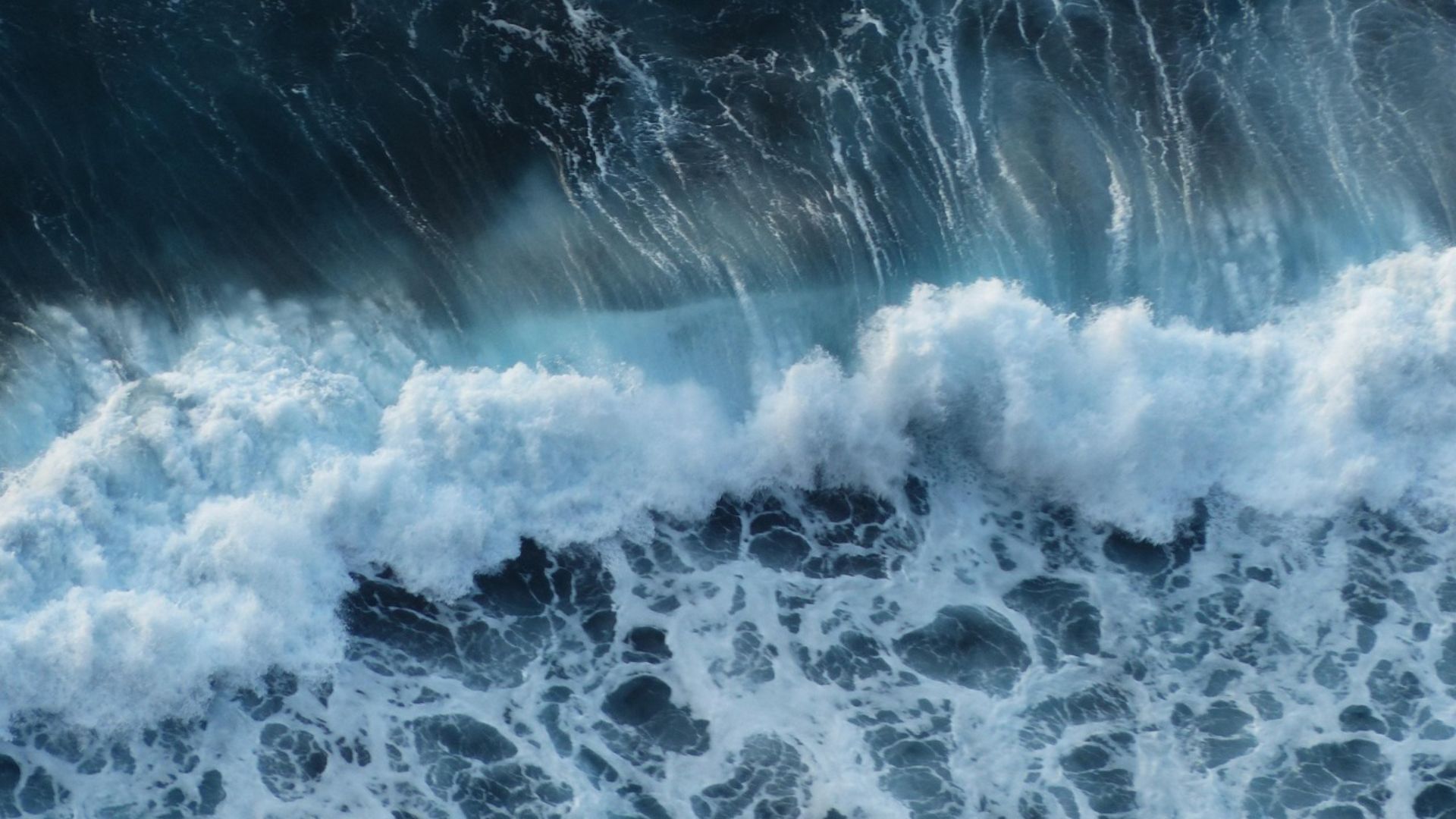
While all-encompassing knowledge about our oceans are a long way off, that is not to say that progress is not being made.
In the mid-1980s, scientists had settled on around 360 known species of sharks. Nearly 40 years later, that number has jumped by nearly 40% to 500 known species. Of the hundreds of sharks discovered, many of them could be candidates for mystery sightings and attacks.
Some Culprits Have Been Found
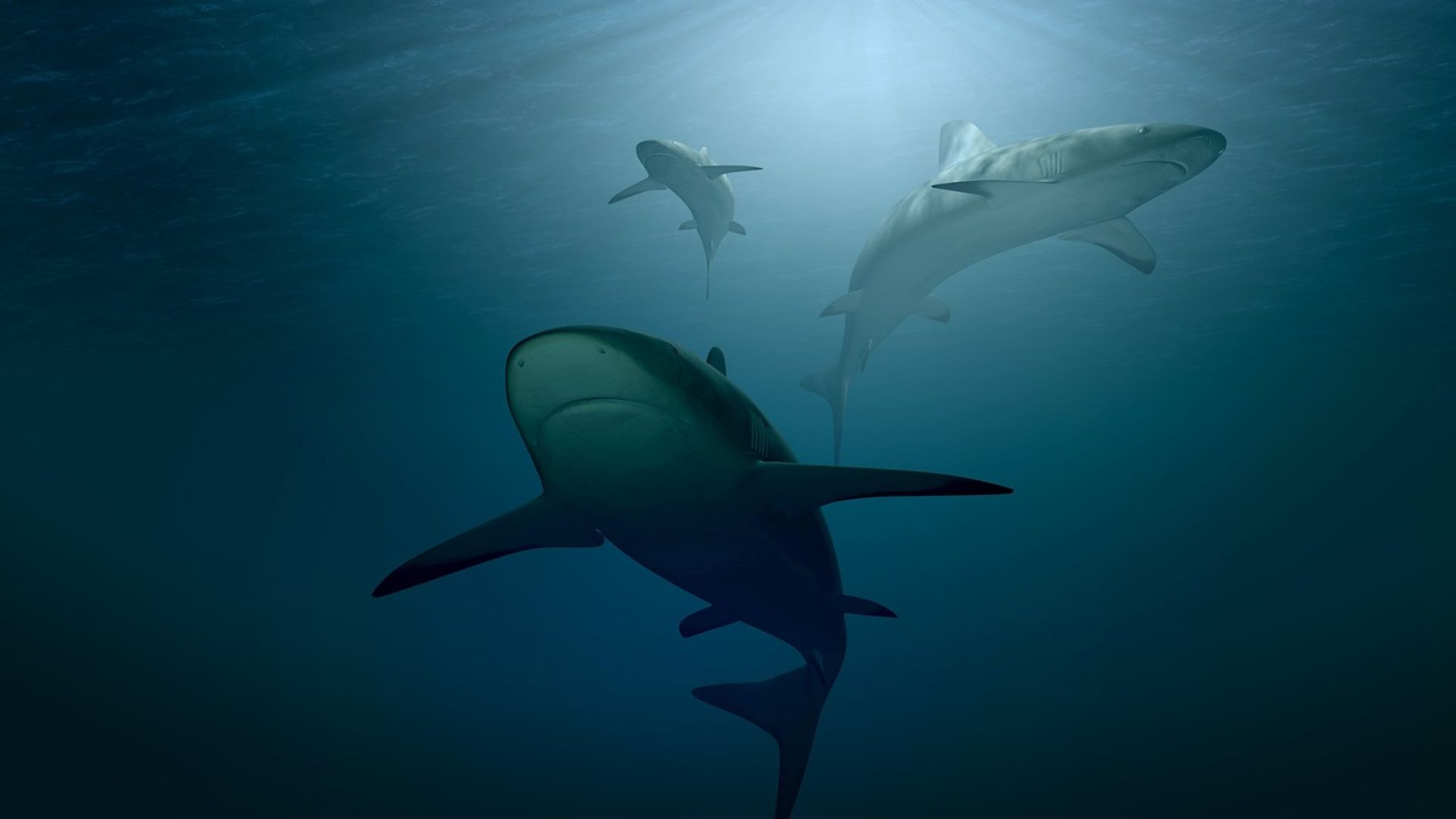
The accelerated rate of discovery is due to the greater degree of collaboration between scientists all over the world to share and corroborate evidence. Some discoveries have even solved historical mysteries.
Less than 50 years ago, an unknown shark was found tangled up in a sea anchor of a U.S. Navy ship off Hawaii. The shark was nearly 15 feet long and had a filter-feeder while swimming with open jaws.
The Duel With the Megamouth Shark
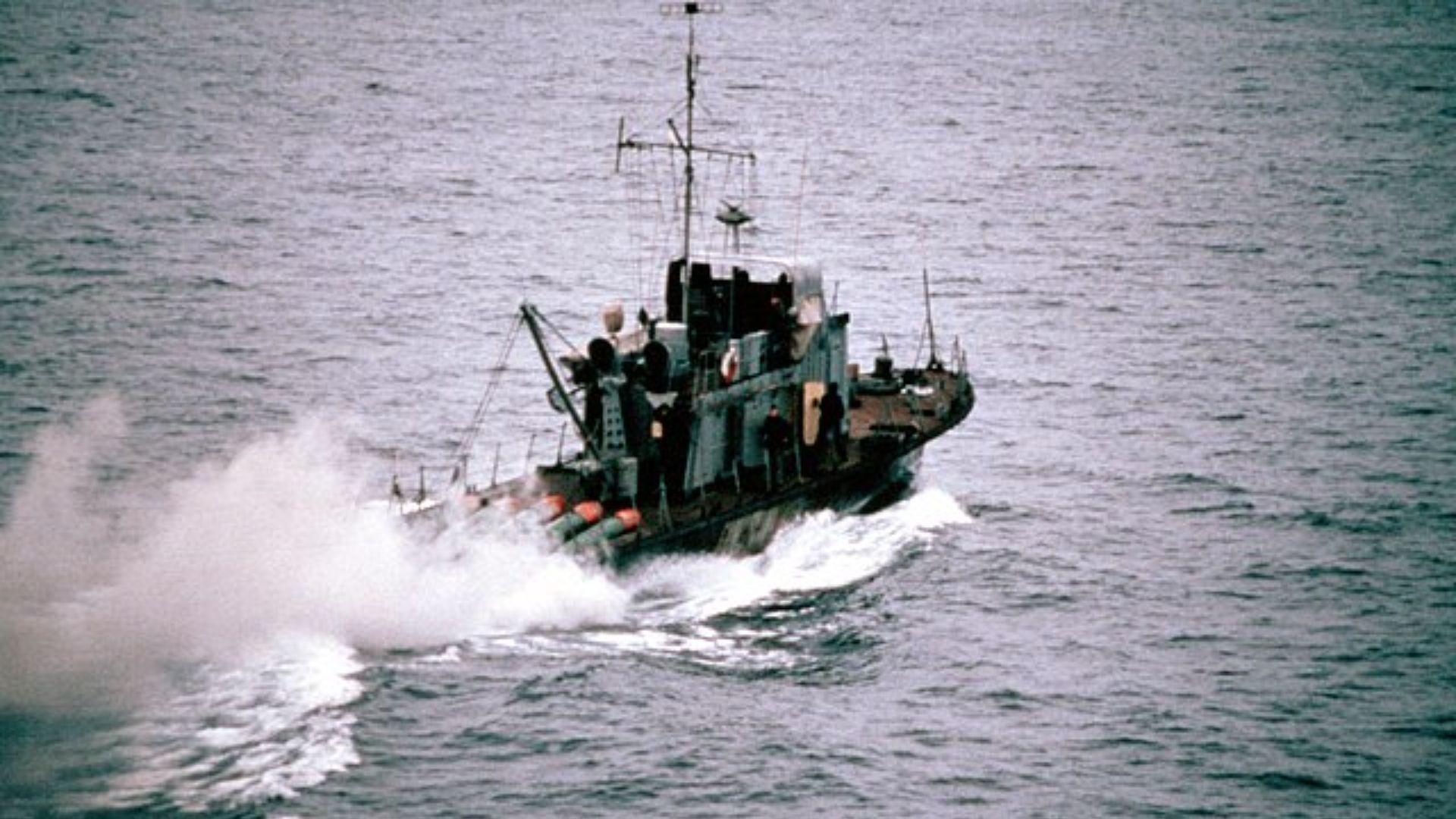
In 1976, a torpedo recovery boat was at sea for research purposes when something powerful was snagged in the cargo parachute that they were using as a sea anchor.
The crew had no idea what was tangled in the parachute, but it was strong, and the ship struggled against it. The creature was estimated to weigh 750 pounds. It has now been discovered, but there were only 100 sightings between this first duel and the animal’s discovery.
The Megamouth Shark
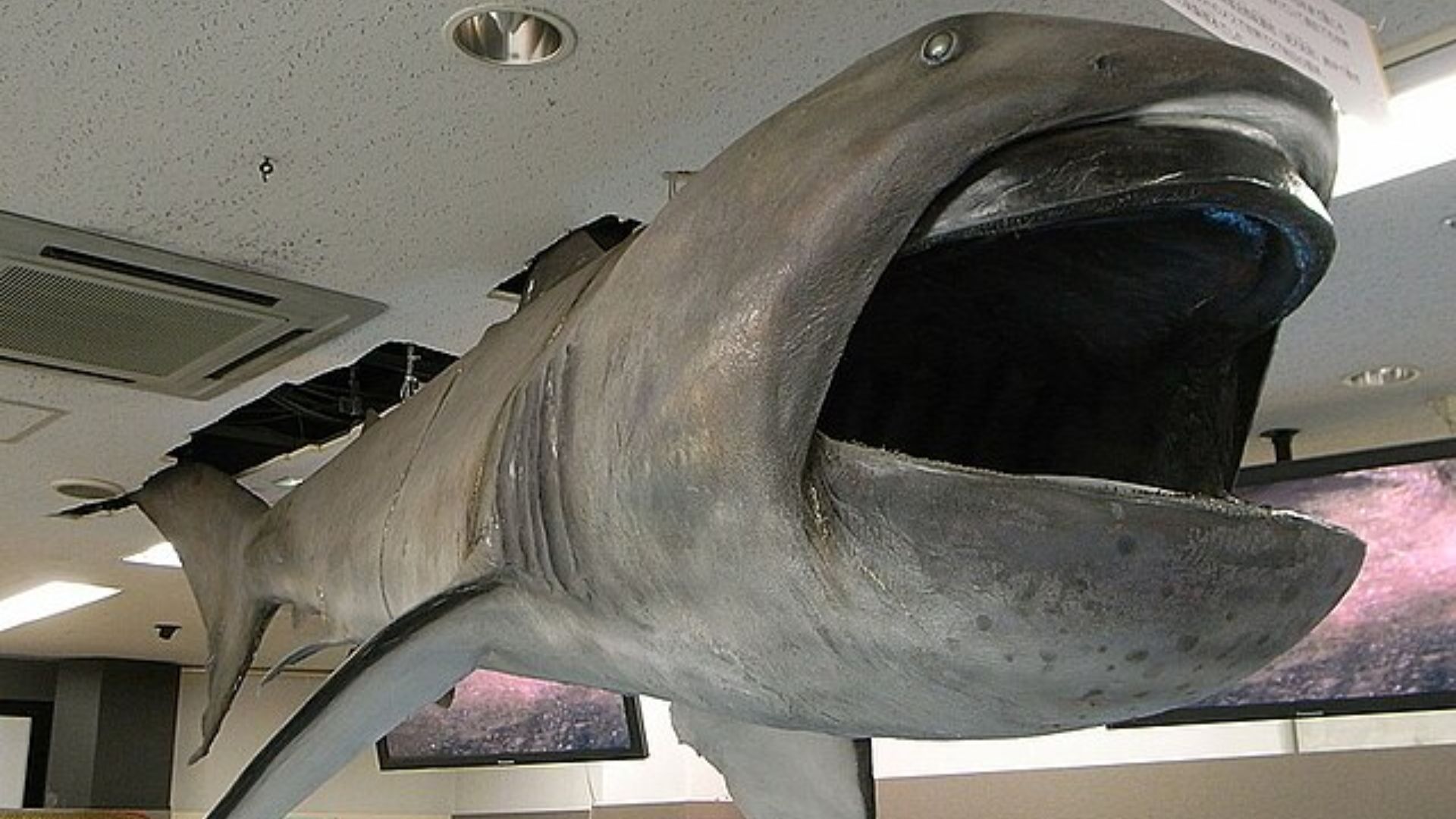
After nearly 50 years, the gigantic mystery shark was discovered. A shark scientist, Leighton Taylor, called it the megamouth shark.
Nowadays, this exact species is believed to be one of the largest-growing species to be found in today’s oceans. Who knows? Within a few more years or decades, we may have found all the beasts behind the most baffling sightings and stories about what lurks below the depths of the ocean.
An Opportunity for Research
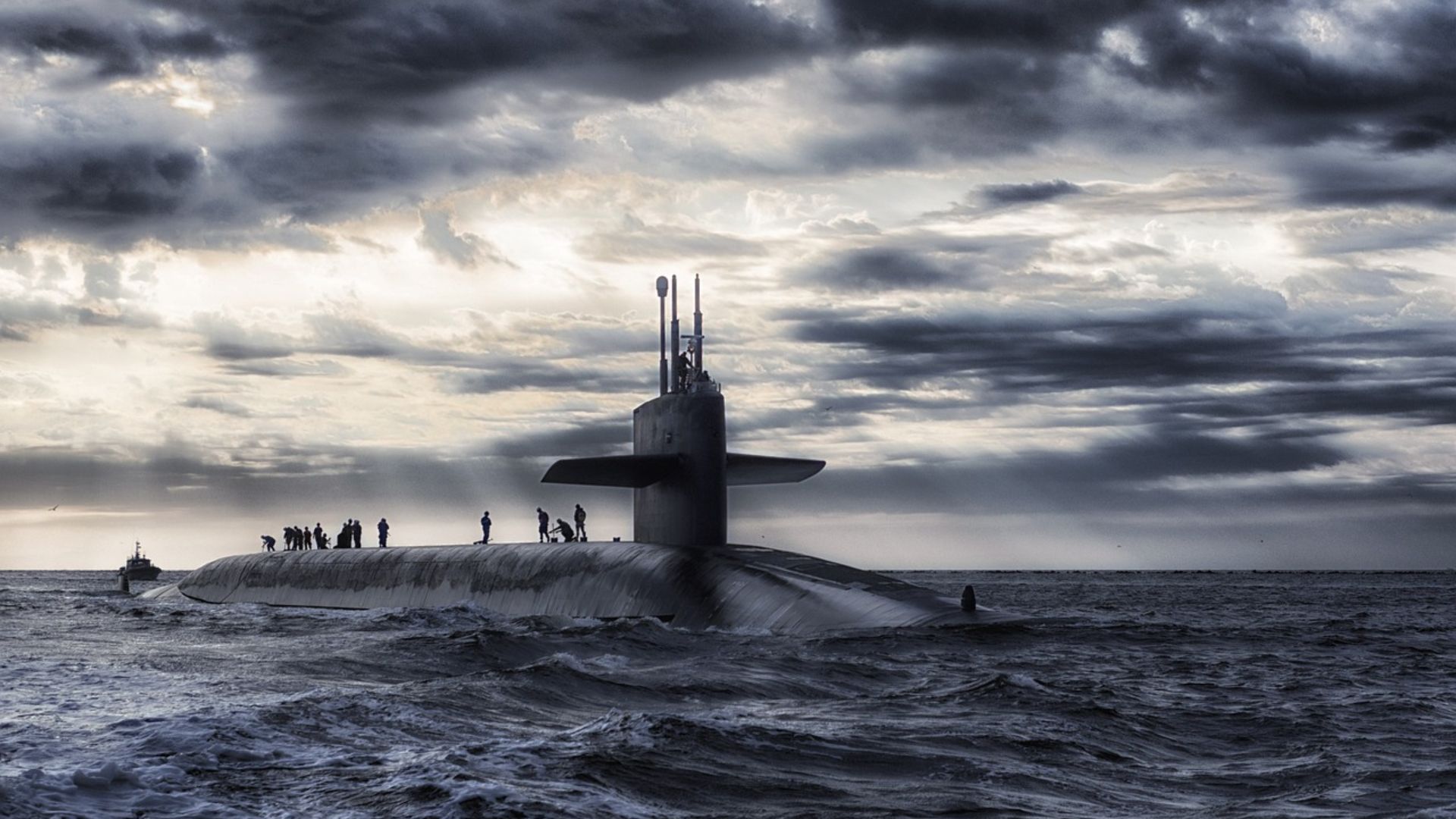
While the prospect of a myriad of unknown creatures under our oceans could be terrifying, others see it as an opportunity for discovery.
Gallaudet said: “Their presence in the oceans at the same time presents an unprecedented opportunity for maritime science.” He went on to say that to meet scientific and security challenges, research into USOs “should be elevated to national ocean research priorities.”
There Are More Unexplained Sightings

Gallaudet wrote about the urgency to prioritize research on USOs in response to a video of an unidentified object that was recorded by the USS Omaha back in 2019. The video has now been verified by the Pentagon.
Gallaudet wrote in a report in March: “Unidentified objects with unexplainable characteristics are entering the U.S. water space and the DOD is not raising a giant red flag.”
